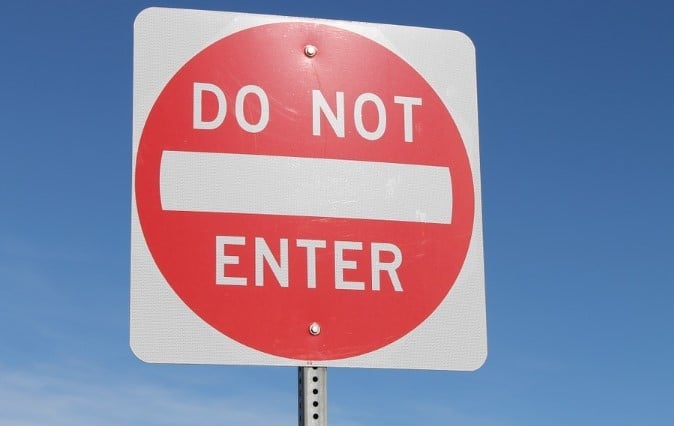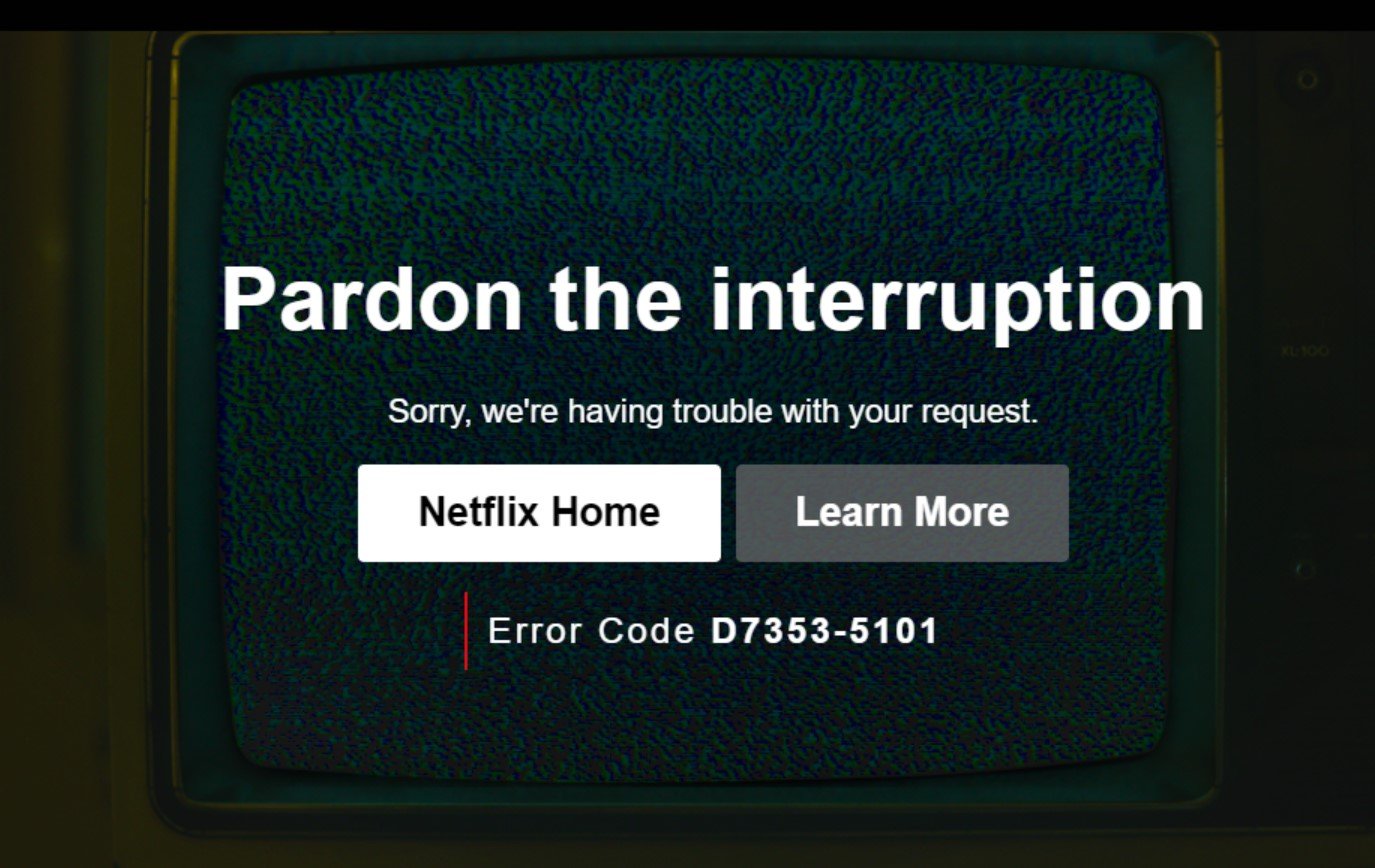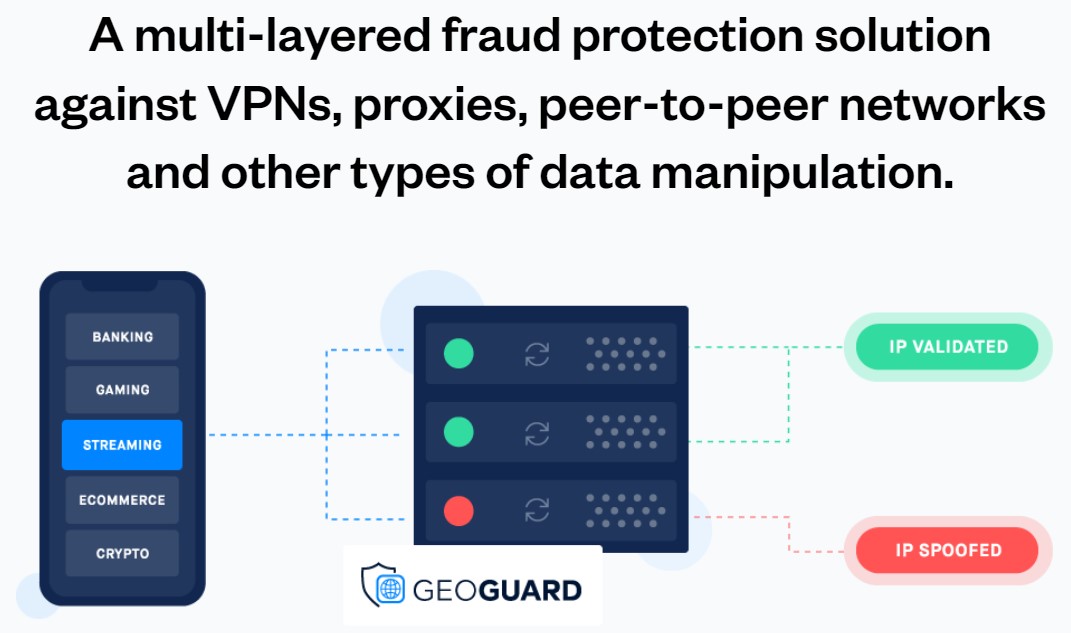 For many years, U.S. lawmakers have considered options to update the DMCA so it can more effectively deal with today’s online copyright issues.
For many years, U.S. lawmakers have considered options to update the DMCA so it can more effectively deal with today’s online copyright issues.
Many proposals have come and gone, without resulting in any significant updates. Calls to change current legislation persist, however.
Copyright Office’s Review and Conclusions
Following repeated nudges from Senators Thom Tillis and Patrick Leahy, the Copyright Office launched a
consultation
on automated tools that online services can use to ensure that pirated content is less easily shared.
The Copyright Office also
asked stakeholders
whether it’s desirable to make certain standard technical measures mandatory for online platforms. Such measures
could include upload filters
to block pirated content from being reuploaded.
This week the Copyright Office presents its conclusions, which are also shared with Senators Tillis and Leahy in two letters. After reviewing thousands of responses and input from stakeholders in plenary sessions, the overall conclusion is one of clear disagreement.
Voluntary Technical Measures
With thousands of responses, the feedback the Office received on voluntary technical measures was
overwhelming
.
Most parties agree that it’s impossible to design an error-free takedown process but disagree on what error rate is acceptable when takedowns are automated.
Opponents of filtering technology warn that fair use and First Amendment rights are at stake. Rightsholders did not dispute that but noted that these issues don’t play a role when full copies of copyrighted content are shared.
When it comes to the implementation of voluntary measures, the Copyright Office doesn’t have any concrete suggestions. Instead, it will continue to back existing initiatives, while facilitating dialogue between various stakeholders.
“The public comments and the consultations confirmed that there cannot be a one-size-fits-all approach to voluntary technical measures, and that there remains a lack of consensus in this area,” the Office
writes
.
“Nevertheless, the consultations served as valuable opportunities for dialogue among stakeholders, which may lead to further voluntary action. The Copyright Office proposed options to continue its role as convener of these conversations in the future.”
Mandatory Technical Measures
The Copyright Office
also reviewed
the option to expand the DMCA by making certain copyright protection measures mandatory. These could include upload filters that prevent pirated content from being reuploaded.
As expected, many rightsholders are in favor of far-reaching, government-backed anti-piracy measures. On the other side, tech companies and the public at large warn against the potential negative consequences, including the potential impact on freedom of expression.
The current DMCA already provides an option to formally adopt standard measures but that requires “broad consensus” among online services, which hasn’t been reached over the past two decades. Instead, many online platforms have developed their own in-house tools, such as YouTube’s Content ID system.
Many copyright holders expressed their frustration with the current status quo and would like the Government to step in. The Copyright Office is more cautious, however.
“While the comments share some common themes, we found a lack of consensus on the value of STMs and deep disagreement about proposals for legislative or regulatory action,” the Office writes in its letter to the Senators.
On the one hand, copyright holders argued that Government pressure could help to overcome the lack of cooperation from online platforms. However, there are serious concerns about the impact of ‘upload filters’ on freedom of expression.
“[M]any described technical measures that automatically take down or prevent the upload of purportedly infringing works as especially worrisome, as technology is not yet capable of accurately identifying fair use, public domain status, or even licensed uses,” the Office writes.
Tweaking the DMCA
All in all, the consultation elicited strong arguments, both for and against more sweeping changes. However, the Office prefers not to take drastic measures and suggests tweaking the current DMCA instead.
Updating the definition of “standard technical measures” should help to facilitate the implementation of these tools going forward.
“Specifically, the Office recommends that Congress amend section 512(i) to 1) clarify that the terms ‘broad consensus’ and ‘multi-industry’ require the support only of the industries directly affected by an STM; 2) state that technical measures qualify as STMs if they are recognized as such by a broad consensus of copyright owners and service providers […] and 3) set forth a list of factors use in weighing whether a particular measure imposes substantial costs and burdens.”
Whether Senators Tillis and Leahy will follow these recommendations remains to be seen. They previously suggested a more far-reaching proposal in the form of the
SMART Copyright Act of 2022
.
—
The Copyright Office’s letters to the Senators are available here (
VTM
/
STM
)
From:
TF
, for the latest news on copyright battles, piracy and more.
 chevron_right
chevron_right


 For many years, U.S. lawmakers have considered options to update the DMCA so it can more effectively deal with today’s online copyright issues.
For many years, U.S. lawmakers have considered options to update the DMCA so it can more effectively deal with today’s online copyright issues.

